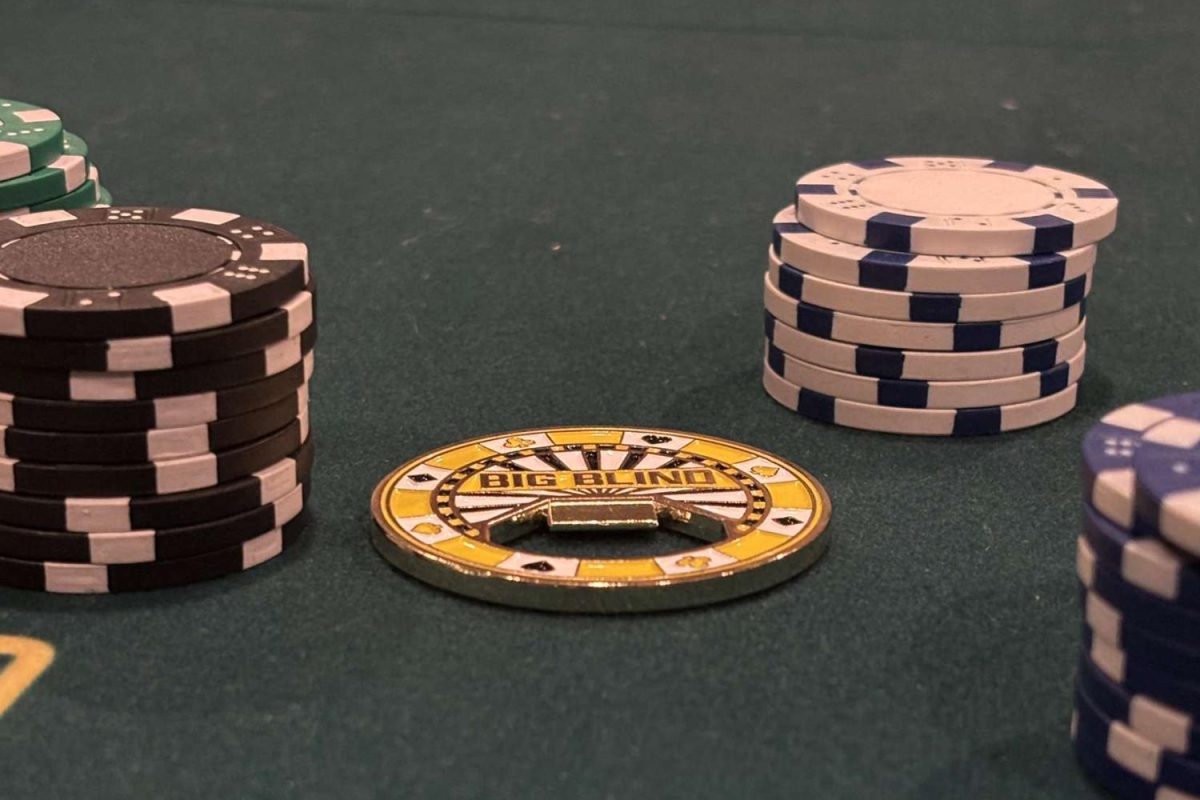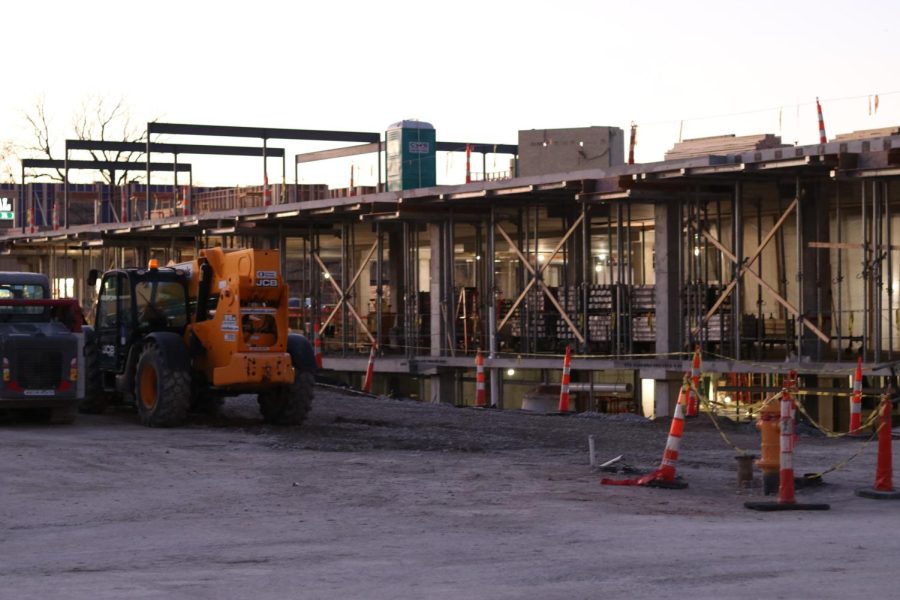If the rumors are true, this year could be the very last opportunity for the frantic winter holiday shopping rush. The prophetic end-of-the-world predictions implied by the Mayan Calendar leave people around the world anxiously wondering if their life on earth will be cut short Dec. 21, 2012.
According to an article in The International Business Times by BS Unnikrishnan , excavation of an ancient Mayan ruin called Tortuguero in Tabasco, Mexico, revealed an inscription which indicated uncertain but possible cataclysmic events in connection with the Mayan god of war and creation. The stone tablet with the inscription referenced Dec. 21, and people have interpreted this information as the end of the world.
At a second site, the Comalcalco ruin, another brick was found with the same date inscribed on the surface. This brick was covered in stucco and facing inward, leaving Mayan translation experts to believe that its prophetic message was not meant to be seen by average people. Along with a nearly illegible ending to the inscription, archaeological experts and scientists remain unconvinced by the prophecy of doom.
“There’s no future tense marking [on the brick], which in my mind points more to the Comalcalco date being more historical than prophetic,” David Stuart, specialist in Mayan inscriptions at the University of Texas, wrote in a press statement.
The Mayans followed a cyclical calendar called the Long Count, which began in 3,114 B.C. It marks time in roughly 394 year periods known as Baktuns. The number 13 was a significant and sacred number among the Mayans, and the 13th Baktun ends around Dec. 21, 2012. Since the calendar is cyclical, the end of this period is seen by many experts as the end of a rotation, not as the end of the world nor associated with apocalyptic events, according to an article by Elisabeth Malkin in The New York Times.
According to an article in The New York Times, astronomers say there is no astrological phenomenon scheduled to occur near that date, which denounces some of the claims the world will be affected by the alignment of the sun and galactic center or through solar sunspot activity. Many of the KHS history teachers are firm believers in fact, not superstition over the projected date.
Though media has exploited this end-of-the-world theory through advertising techniques and movies such as 2012, scientific evidence disputes many of the doomsday theories. The belief in cataclysmic events leading to the end of the world can be explained by faith in a religion of god of some kind, said Stephen Platte, history teacher.
“If they believe fervently then the world doesn’t make sense,” Platte said. “It’s full of misery and contradictions, so some kind of rapture is a logical way to extrapolate that their god is all-powerful.”
Though he does not believe the world will be ending in 2012, BJ Kenyon, history teacher, puts a positive spin on the possibility of doom.
“At least I’ll have made it to my 44thbirthday,” Kenyon said. “And I won’t have to do any Christmas shopping.”















